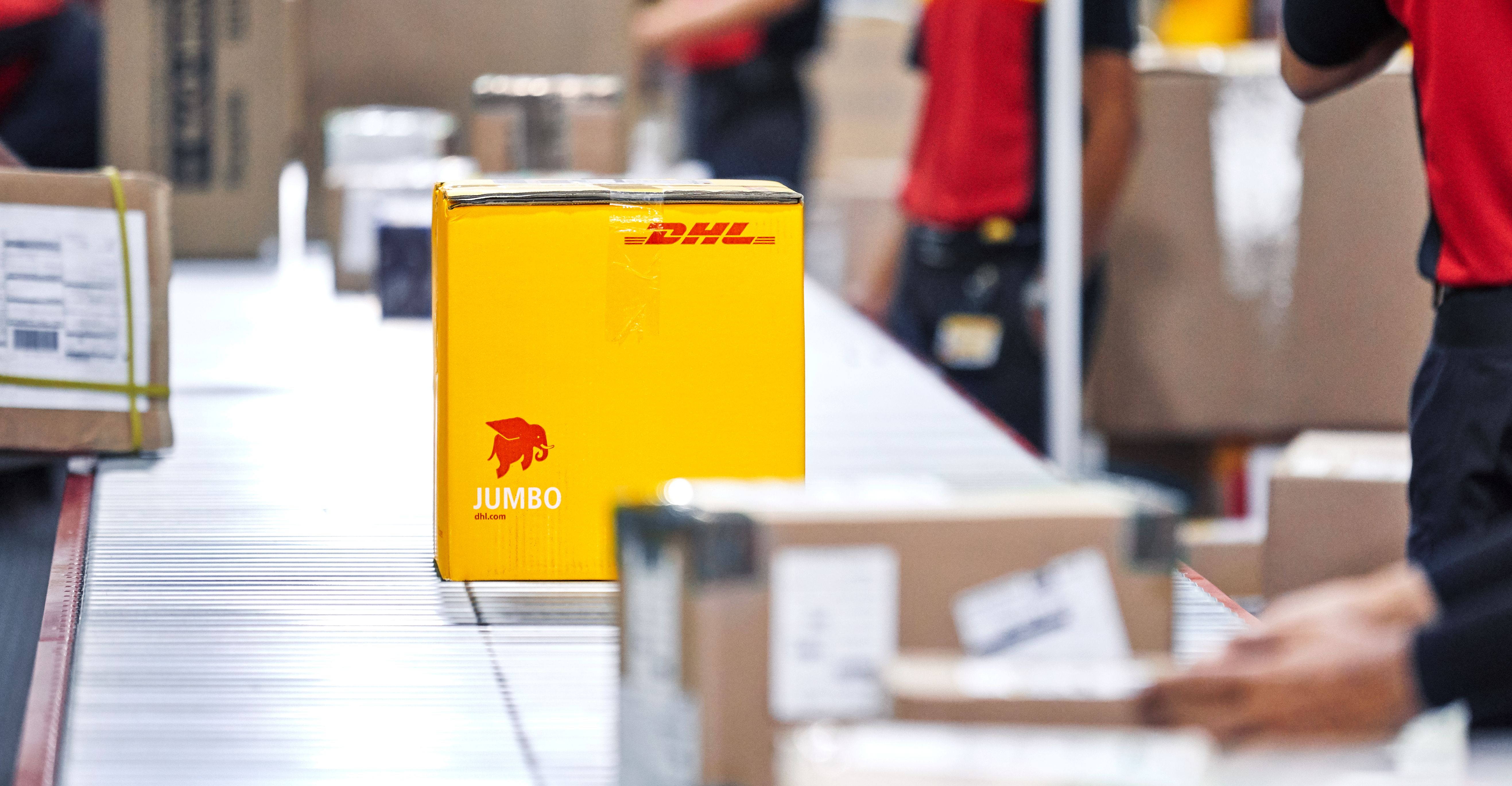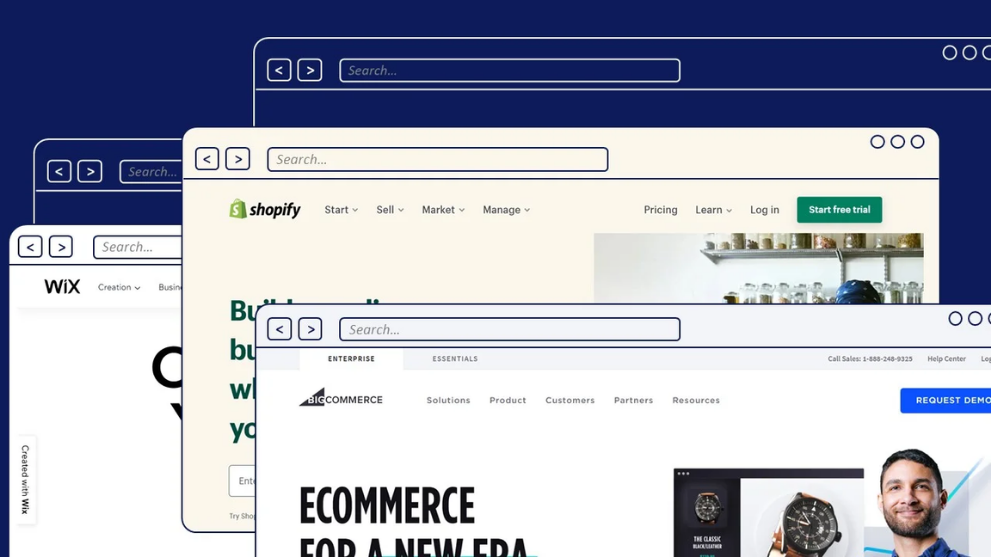
Identifying Website Issues With High And Low Bounce Rates
Can improving metrics like bounce rate help your website’s performance? For businesses making use of a website to conduct their sales and marketing, measuring your bounce rates and other metrics such as page speed and conversion rates are ways to ensure your website performs well.
Your bounce rate can help you assess your website's overall performance, while page speed shows you if your site is slowing down and causing viewers to wait longer (and leave as a result). Keeping an eye on metrics like the bounce rate can provide insight into a website’s underlying issues. From low-relevance content to poor landing page design, your bounce rate is an indicator of website health.
A high and low bounce rate - when is it good or bad?
What does a high bounce rate mean? High bounce rates are basically indicators that your visitors are leaving after looking at just one page, and without any further clicks. Meanwhile, a low bounce rate indicates that viewers are engaging with your pages and are clicking on any available links. An acceptable bounce rate is anything below 70%, and anything below 40% is considered great!
High bounce rates aren’t always a bad thing though. For example, if you’re promoting a one-page blog or service, it’s perfectly normal. However, if you’re a consumer business with multiple pages and sections promoting your products, then viewers leaving without any engagement could signal a big problem.
Bounce rates vary across industries, with B2B services experiencing the highest rates and the energy industry experiencing the lowest. Bounce rates differ across industries and types of pages, so take the numbers with a pinch of salt. Therefore, it’s important to consider your industry’s own website requirements, before attempting to solve a problem that may not actually be there.
What could contribute to a high bounce rate?
1. Poor website layout design
Many technical issues can affect the bounce rate of your website. Poor design layouts, inaccurate phrasing and misleading information could disinterest viewers who as a result wouldn’t stick around for long. Poor SEO signals, like meta descriptions, page titles, and header tags could also result in the wrong target audience coming to your site.
2. Slow loading speed
Additionally, viewers could leave due to slow loading pages. If they can find another site that’s easier to read and quicker to load, chances are they’ll leave yours almost immediately. Having a poor call to action would also prevent you from turning a viewer into a new customer, resulting in a higher bounce rate.
3. Lack of call to action (CTA)
Poorly-worded CTAs can create confusion, misdirect user action, or cause users to get frustrated. Having a poor call to action would also prevent you from turning a viewer into a new customer, resulting in a higher bounce rate.
4. Viewer mistakes
However, it’s important to note that not all low bounce rates are due to a website’s faults. Viewers that mistakenly clicked on advertisements, accidentally closed their browsing tab, or typed out the wrong url are possible contributions to a lower bounce rate than you would expect.
Why should you fix your bounce rates?
Websites are an extremely important tool that aid a business’s ability to increase their sales, especially if digital platforms are your primary promotion channels. Listening to and rectifying your low bounce rate can have a tremendous impact on your ability to retain and gain new customers in the long run.
Similarly, identifying why you have high bounce rates can also help you figure out if your marketing tactics need any fixes. You can then make the necessary changes to better identify and lure your target audience to your site, translating into new customers.
In a digital world, ensuring you are able to maintain and grow an online presence is integral to continued success.
















































